Violets "Isadora": description of the variety, planting and care features
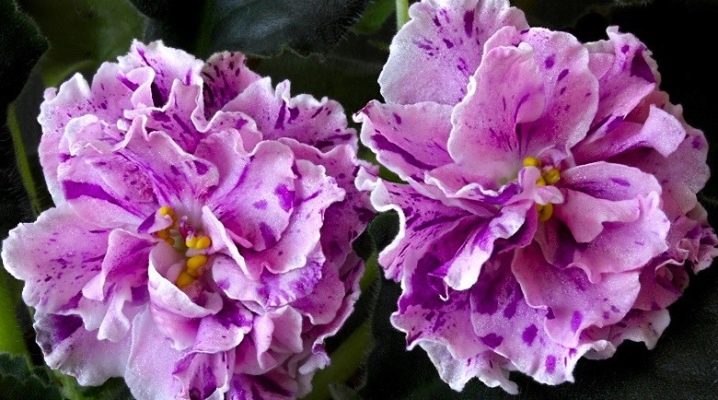
Saintpaulias, commonly referred to as violets, are among the most common indoor plants. The club of their fans is replenished every year, which forces breeders to develop more and more new varieties. So, in 2011, a surprisingly beautiful variety LE-Isadora was introduced.
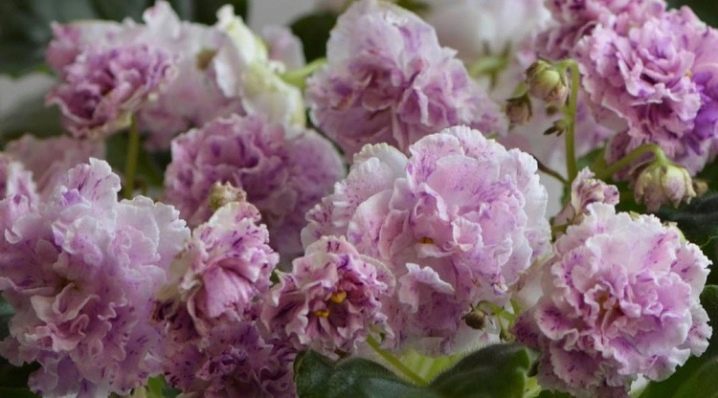
Description
LE Isadora is a violet with light pink or white flowers. A distinctive feature is the presence of contrasting spots of purple and dark lilac shades. Such a flower looks very decorative, so it can serve as a decoration for any residential or office space. The variety was bred by the famous Ukrainian breeder Elena Lebetskaya. She described the flowers as "semi-double". Let us dwell in more detail on the varietal characteristics of this unusual violet.
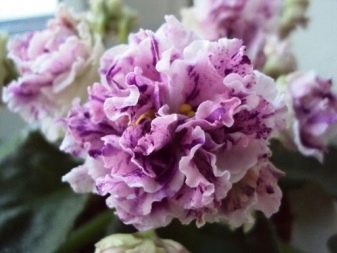
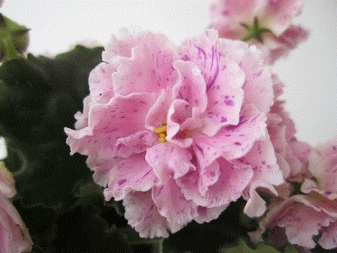
Bloom
Peduncles are short and dense, each has about 4-6 buds. They have been in this state for quite a long time, and it takes at least 2 weeks for full disclosure. The color is light, only the blossoming petals have a pronounced green edging, which disappears after a few days.
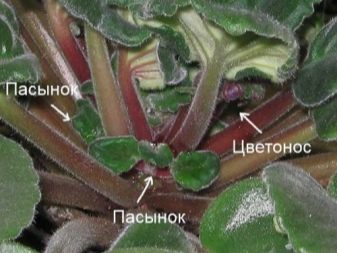

Socket
The rosette of Isadora violets is of medium size and standard in shape. The sheet plate is flat. Reproduction takes place by cuttings. This method allows you to increase the fertility of Saintpaulia. "Isadora" refers to selectively bred varieties, therefore it can have sports (the appearance of flowers unusual for this species).
To avoid such an unpleasant phenomenon, several outlets should be brought up to flowering at once.
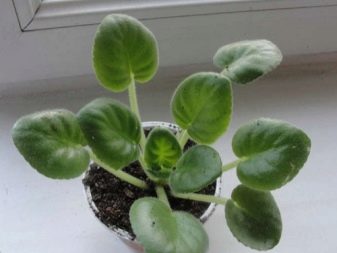
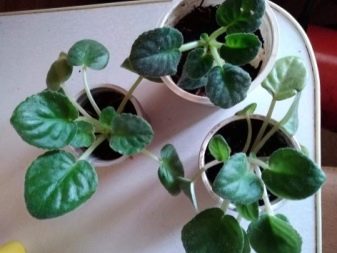
Leaves
Semi-double leaves. The shade ranges from medium to dark green. The back has a pronounced pink color. Variegation is unusual for this variety. The shape of the leaf plates is heart-shaped, the edges have serrated roots, therefore they look a little torn.
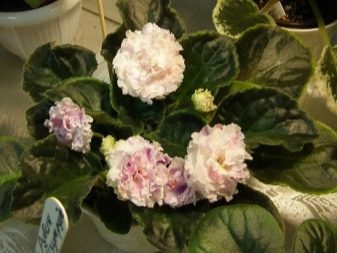

Growing conditions
In order for Saintpaulia to delight you with its flowering as long as possible, it is necessary to create comfortable conditions for it. It should be noted that the uzambar violets have a rather capricious disposition, so it takes a lot of time to care for the plant.
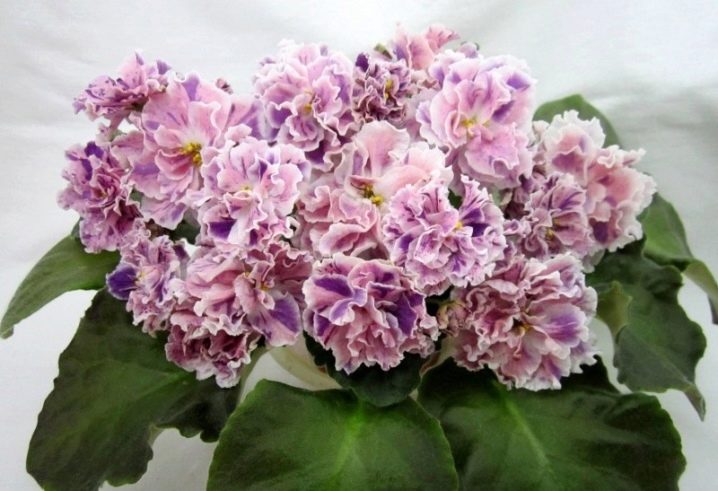
Temperature
Violet "Isadora" is distinguished by its special heat-loving nature. Therefore, in the room where she lives, the air temperature should be maintained at any time of the year at a level of 22-24 degrees during the daytime and 18 degrees at night. Only under such conditions will Saintpaulia grow healthy and strong, and will also delight you with abundant flowering. Temperature conditions below this mark are categorically unacceptable.
The plant does not tolerate drafts well, so it should not be placed next to frequently opened windows and doors.
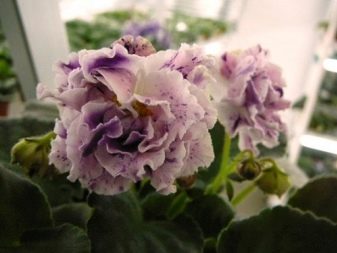
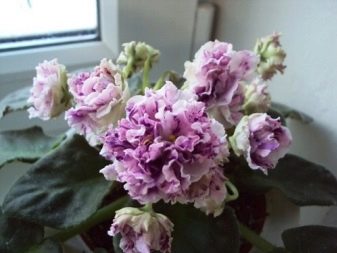
Lighting
For full growth and development, a flower needs at least 12 light hours a day. If the plant lacks light, then it grows very poorly. In regions where it is impossible to achieve the required insolation in a natural way, you should additionally highlight the Saintpaulia with special phyto lamps of the yellow spectrum.
At the same time, direct sunlight should be avoided at the outlets. If the lighting is excessive, the leaves will drop, and there will also be a risk of burns. That is why the eastern and western windows are considered the best places for placing Isadora. On the north side, the plant lacks light, especially during the cold season. On the southern windowsill, the flower falls prey to the scorching sun.However, you can slightly shade the window, for example, stick a reflective film or curtain it with light tulle. The light will be diffused, and the violet will feel comfortable.
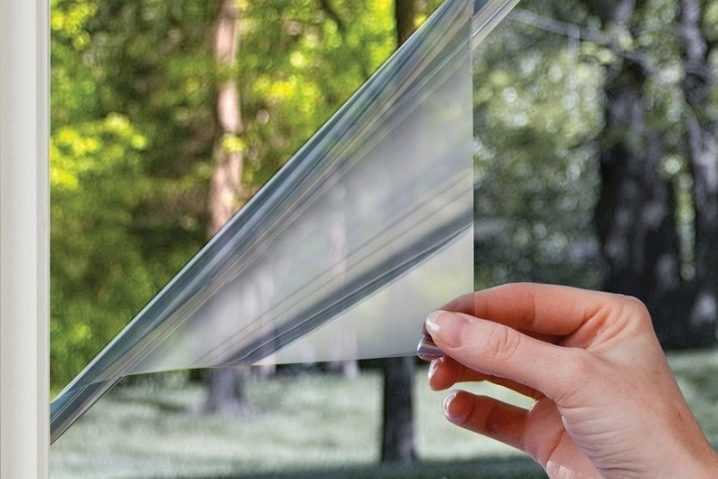
Watering
Like any other Saintpaulia, Isadora loves regular but moderate watering. It is recommended to moisten the ground 2 times a week in the warm season, and during the dormant period of the plant (from October to February), the number of waterings can be reduced to one. Excess moisture, like its deficiency, has the most destructive effect on the violet, leading to wilting of leaves and a lack of flowering.
For watering, use soft water at room temperature. If you use tap water, it must first be defended for 3-4 days. Watering should be extremely careful - it is important not to get on the leaves and the growing point. Otherwise, the plant will start to rot and will soon die. Several methods are used to irrigate Isadora:
- water supply from above - for this use a watering can with a long thin spout;
- humidification through the pallet - in this case, the pot with the violet is left in a container with water for 15-30 minutes, after which the liquid is completely drained from the pan;
- wick - here watering is done by drip thanks to a cord, one end of which is dipped into water, and the other is dripped into the substrate.
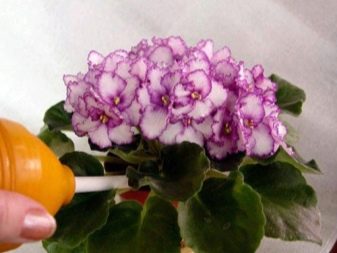
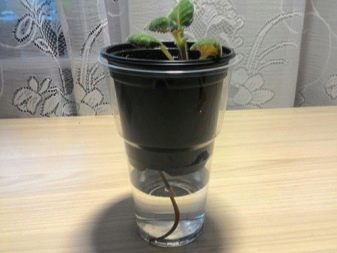
The plant loves moisture, but it is better to spray the air at a short distance from the flower. In addition, you can periodically turn on a humidifier in the room or simply put a container of water near the violet.
Top dressing
Saintpaulia "Isadora" requires regular feeding. It must be fertilized with mineral and organic compounds in turn. Timely introduction of nutrients leads to intense year-round flowering. It is recommended to introduce top dressing every two weeks, however, depending on the life phase of the plant, the composition of the fertilizer should be changed. So, for young violets, products with a high nitrogen content are suitable (it is responsible for the rapid growth of green mass).
At the stage of bud formation and flowering, the amount of nitrogen should be minimized, and the main emphasis should be on potash and phosphorus fertilizing.
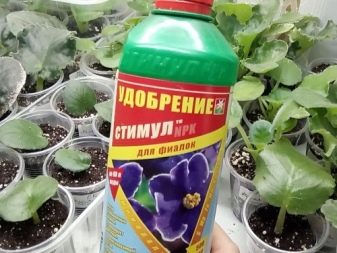

How to plant?
Different varieties of Saintpaulia require different soil mixtures, but the general requirement is the air permeability of the soil, since the roots of any violets need access to oxygen. Speaking specifically about Isadora, she prefers soil containing peat, as well as perlite vermiculite and crushed charcoal. It would be useful to add a little sphagnum moss (it acts as a natural antiseptic, has a pronounced antifungal and antibacterial effect).
Small and narrow pots are suitable for saintpaulias. The best option is a container with a diameter of 10-12 cm with low sides. If the container is smaller, then the roots will be cramped, which will cause the plant to wilt. However, an excessively voluminous pot is also useless - the fact is that waterlogging begins in the ground not covered by roots, which leads to the appearance of fungal infections, as well as rotting of the roots.
It is better to use vessels made of ceramics or clay: their porous structure provides an oxygen flow and thereby contributes to the full development of the violet.
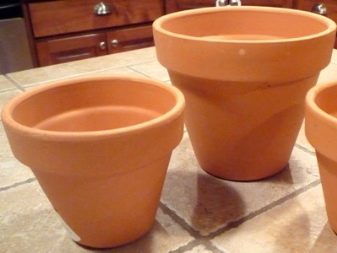
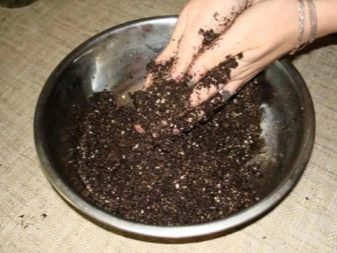
Saintpaulia does not like transplanting, but if the plant has grown, then it becomes cramped in the container. In this case, the pot should be replaced with a larger one. Keep in mind that unlike many other plants that require regular renewal of the top layer of the earth, here such measures can lead to the most dire consequences. The root system of Saintpaulia is shallow, so an attempt to renew the layer of the substrate entails trauma to the roots.
Depending on the purpose of the transplant, it can be done in two main ways.
- Complete replacement of the substrate - this is a forced measure when the plant is sick or the quality of the soil has deteriorated over time (if it has become too hard and poorly permeates moisture).In this case, the flower is carefully removed from the pot, the roots are carefully cleaned of adhering earth, all dead elements are cut off, and the cut sites are treated with ash. After that, the violet is placed in a pot with new soil.
- Transshipment - required in a situation where the plant needs a larger pot. In this case, the violet is taken out together with an earthen lump and placed in a new pot with a prepared drainage layer. The resulting voids are filled with new soil mixture so that the growth point is at the level of the ground.
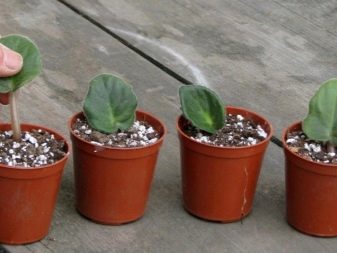
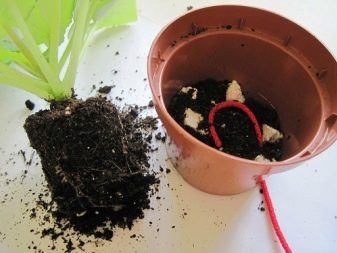
Reproduction
Isadora can be propagated by leaves and rosette cuttings. In the first case, the healthiest leaf is selected, which is cut off along with the petiole. Keep in mind that it is worth taking only the lower sheets, the upper ones are not suitable for reproduction. An oblique cut is formed on the petiole, left to dry for half an hour, after which it is placed in a glass with the leg down and sent to a well-lit place. As soon as the roots appear, the leaf is moved to the substrate so that rooting continues in it.
Propagation by cuttings has a similar technology. The carefully removed outlet is kept in a container with water, and after the appearance of the first roots, they are planted in a permanent place.
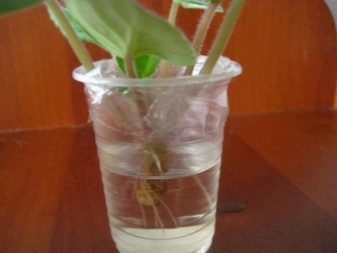
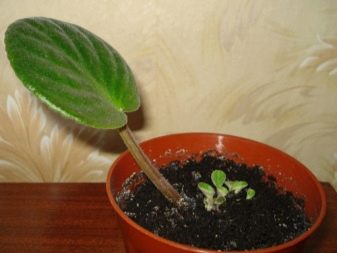
How to grow a violet from a leaf is described in the next video.































The comment was sent successfully.